I'm trying to rename the default table names generated by ASP.net Identity 2.0. I read all the articles, the questions and the answers on stackoverflow but im still getting the same error.
I renamed the tables to Roles, UserClaims, Logins, UserRoles and Users. I also changed the application dbcontext to the following
public class ApplicationDbContext : IdentityDbContext<ApplicationUser>
{
public ApplicationDbContext()
: base("DefaultConnection", throwIfV1Schema: false)
{
}
public static ApplicationDbContext Create()
{
return new ApplicationDbContext();
}
protected override void OnModelCreating(System.Data.Entity.DbModelBuilder modelBuilder) {
base.OnModelCreating(modelBuilder);
modelBuilder.Entity<IdentityUser>().ToTable("Users", "dbo");
modelBuilder.Entity<IdentityRole>().ToTable("Roles", "dbo");
modelBuilder.Entity<IdentityUserRole>().ToTable("UserRoles", "dbo");
modelBuilder.Entity<IdentityUserClaim>().ToTable("UserClaims", "dbo");
modelBuilder.Entity<IdentityUserLogin>().ToTable("UserLogins", "dbo");
}
}
But i keep getting the Invalid object name 'dbo.AspNetUsers'. error, and I have no idea why its still trying to locate AspNetUsers in the first place instead of just Users although i made the changes above. Totally desperate by now.

The database as well, same columns with the new table names:

And the SQL database project:
